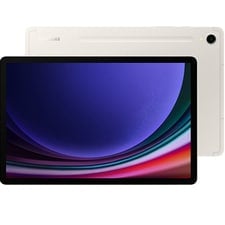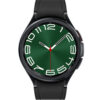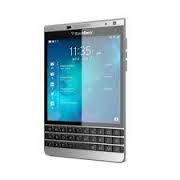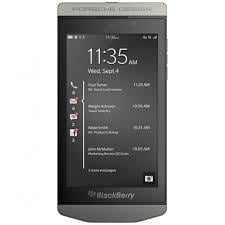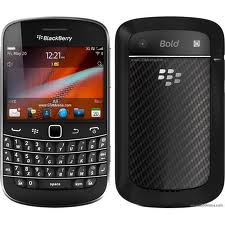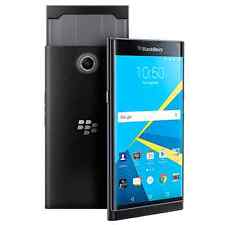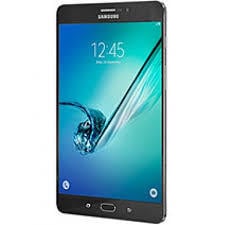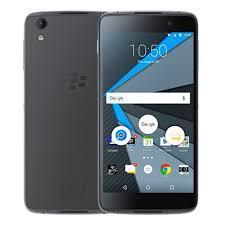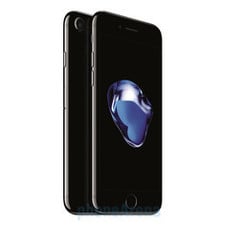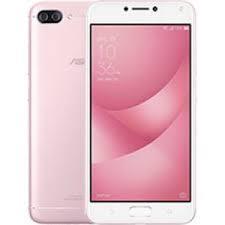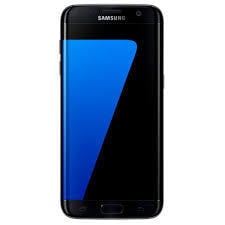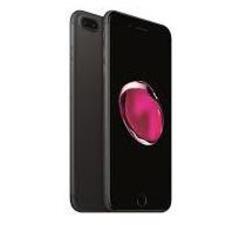A Comparison of Samsung Galaxy Tab S9 and Samsung Galaxy Tab S8: What’s Different?
Introduction:
Samsung, known for manufacturing some of the best Android tablets in the market, has updated its flagship model resulting in the Galaxy Tab S9. The latest iteration of the Galaxy Tab series brings notable upgrades, including an OLED display panel, an overclocked Snapdragon Gen 2 chipset, and an extended software update longevity. In this comprehensive comparison, we will delve into the key features and differences between the Galaxy Tab S9 and its predecessor, the Galaxy Tab S8.
Design:
Samsung’s Galaxy S series tablets have consistently been among the thinnest and most attractive in the market, and this holds true for both the Galaxy Tab S9 and Tab S8. The visual updates between the two tablets are minor, with the camera array changing slightly, and the S Pen slot shifting slightly. However, the overall design language, lithe body, lightweight, and convenient form factor remain unchanged, offering a user-friendly and elegant experience for both tablets.
An interesting design change in the Galaxy Tab S9 is the omission of the Pink Gold and Silver color options, leaving users with the Graphite color option and introducing a new Beige color option. While this change may not significantly impact the overall user experience, it adds to the aesthetic variety for those seeking a different color choice.
Display:
One of the most significant upgrades in the Galaxy Tab S9 is its display. The Tab S8 came with a TFT LCD panel, which, while effective, was not as bright or bold as its larger siblings. Samsung addressed this drawback with the Galaxy Tab S9 by introducing a dynamic AMOLED display, similar to the ones found in the Galaxy S9+ and Ultra models. The dynamic AMOLED panel delivers vivid and saturated colors, offering a visual experience that matches the rest of Samsung’s flagship lineup.
The upgrade to the dynamic AMOLED display justifies the $100 price increase of the Galaxy Tab S9 over the Tab S8, making it a substantial improvement in terms of display quality. Additionally, the AMOLED technology enhances energy efficiency, contributing to a slight increase in battery life, making it a valuable improvement for users who prioritize an immersive display and longer-lasting battery.
Performance:
Both the Galaxy Tab S9 and Tab S8 offer impressive performance with their highly capable Qualcomm processors and ample RAM and storage. The Galaxy Tab S9, however, introduces a trick up its sleeve with the Qualcomm Snapdragon 8 Gen 2 For Galaxy chipset. This custom-built chipset, an overclocked version of the base Snapdragon 8 Gen 2, provides a slightly higher processor boost speed, resulting in improved performance longevity. The Galaxy Tab S9’s chipset ensures that it remains high-performing even as smartphone apps become more complex in the future.
Another notable difference between the two tablets lies in the cellular connectivity department. The Galaxy Tab S9 offers the option of a 5G/LTE version, providing constant internet access for users who require fast and reliable connectivity on the go. While this version comes at a higher price, it is a valuable addition for users who prioritize seamless connectivity.
Battery Life:
The Galaxy Tab S9 boasts a larger battery compared to the Tab S8, with a 400mAh increase, translating to a 5% jump in capacity. Additionally, the dynamic AMOLED display of the Tab S9 contributes to improved energy efficiency, further enhancing its battery life. Furthermore, the Snapdragon 8 Gen 2 For Galaxy chipset inside the Galaxy Tab S9 offers up to 40% more energy savings, as claimed by the manufacturer. While this may not result in a 40% longer battery life, it does provide the Galaxy Tab S9 with consistent and longer-lasting battery performance compared to its predecessor.
Software:
Samsung’s OneUI Android implementation has gained a reputation as one of the best globally. Both the Galaxy Tab S9 and Tab S8 run on Android 13 and are expected to receive full updates through Android 16 (or any future Android versions). However, the Galaxy Tab S9 takes the lead in terms of software update longevity, as it is set to receive Samsung’s standard four years of OS updates, up to Android 17. This additional year of full updates ensures that the Galaxy Tab S9 will remain up-to-date with the latest Android features and security patches, making it a minor win in terms of software for users who prioritize software longevity.
Camera:
The camera quality is not the primary focus of tablets, as most users have smartphones that offer better camera capabilities. However, the Galaxy Tab S9 brings some improvements in this area. It retains the same 13MP rear camera found in the Tab S8, but slight improvements in imaging algorithms result in slightly better picture quality compared to the S8. The more significant upgrade is in the front-facing camera, which jumps in resolution from 6MP to 12MP, providing users with an improved videoconferencing and communication experience.
Conclusion:
Both the Samsung Galaxy Tab S9 and Galaxy Tab S8 are excellent tablets, offering top-notch performance, impressive hardware, and a refined user experience. The Galaxy Tab S9, being the latest iteration, brings notable upgrades, including an OLED display, an overclocked Snapdragon Gen 2 chipset, and an additional year of software updates. For users who prioritize the latest hardware and software longevity, the Galaxy Tab S9 is the better choice.
However, the Galaxy Tab S8 is not to be overlooked, as it still performs admirably and offers the same industry-leading Android experience that Samsung tablets are known for. Additionally, with potential discounts available from retailers looking to offload current stock, the Galaxy Tab S8 can be an attractive option for budget-conscious users.
In conclusion, whether you choose the Galaxy Tab S9 or Tab S8, both tablets are excellent choices, catering to different user preferences and priorities. Both tablets represent the best of Samsung’s tablet offerings and provide a premium and seamless user experience for those seeking high-end Android tablets.
NETWORK
Technology
GSM / HSPA / LTE / 5G
2G bands GSM 850 / 900 / 1800 / 1900
3G bands HSDPA 850 / 900 / 1700(AWS) / 1900 / 2100
4G bands LTE
5G bands SA/NSA
Speed HSPA, LTE-A (CA), 5G
BODY
Dimensions 254.3 x 165.8 x 5.9 mm (10.01 x 6.53 x 0.23 in)
Weight 498 g (1.10 lb)
Build Glass front, aluminum frame, aluminum back
SIM Nano-SIM
IP68 dust/water resistant (up to 1.5m for 30 min)
Stylus, 2.8ms latency (Bluetooth integration, accelerometer, gyro)
DISPLAY
Type Dynamic AMOLED 2X, 120Hz, HDR10+
Size 11.0 inches, 350.9 cm2 (~83.2% screen-to-body ratio)
Resolution 1600 x 2560 pixels, 16:10 ratio (~274 ppi density)
Protection Corning Gorilla Glass
PLATFORM
OS Android 13, One UI 5.1
Chipset Qualcomm SM8550-AB Snapdragon 8 Gen 2 (4 nm)
CPU Octa-core (1×3.36 GHz Cortex-X3 & 2×2.8 GHz Cortex-A715 & 2×2.8 GHz Cortex-A710 & 3×2.0 GHz Cortex-A510)
GPU Adreno 740
MEMORY
Card slot microSDXC (dedicated slot)
Internal 128GB 8GB RAM, 256GB 12GB RAM
UFS
MAIN CAMERA
Single 13 MP, f/2.0, 26mm (wide), 1/3.4″, 1.0µm, AF
Features LED flash, HDR, panorama
Video 4K@30/60fps, 1080p@30fps
SELFIE
CAMERA Single 12 MP, f/2.4, 120˚ (ultrawide)
Features HDR
Video 4K@30/60fps, 1080p@30fps
SOUND
Loudspeaker Yes, with stereo speakers (4 speakers)
3.5mm jack No
Tuned by AKG
COMMS
WLAN Wi-Fi 802.11 a/b/g/n/ac/6e, tri-band, Wi-Fi Direct
Bluetooth 5.3, A2DP, LE
Positioning GPS, GLONASS, BDS, GALILEO
NFC No
Radio No
USB USB Type-C 3.2, magnetic connector
FEATURES
Sensors Fingerprint (under display, optical), accelerometer, gyro, proximity, compass
Wireless Samsung DeX
BATTERY
Type Li-Po 8400 mAh, non-removable
Charging 45W wired
Disclaimer. We can not guarantee that the information on this page is 100% correct.

